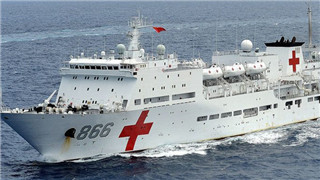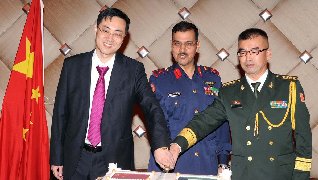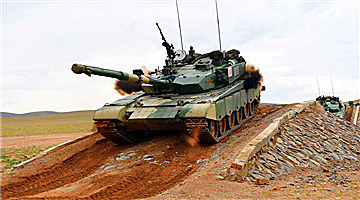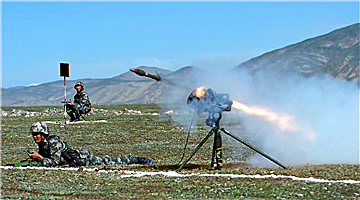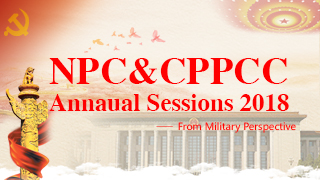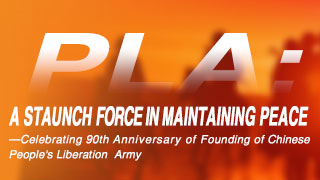By Ma Jianguang
The US President Donald Trump and Russian President Vladimir Putin met on July 16 in Helsinki, capital of Finland. This was the first formal meeting between the US and Russian presidents since Trump took office one and a half year ago.
During the meeting, the two sides held talks on the nuclear issue on the Korean Peninsula, issues of anti-terrorism and Iran, and the situation in Syria, and discussed nuclear arms control as well as trade and investment cooperation between the two countries. Both countries demonstrated their commitments to resolving differences and safeguarding common interests, laying foundation for continuing dialogues on a series of issues.
However, the meeting is unlikely to change the current deteriorating course of the US-Russian relationship in a short period of time, since it failed to achieve concrete results.
In recent years, the United States, as the world’s only superpower, has relied on its strong political, economic, and military strength to coordinate other Western countries in their efforts to contain Russia.
Russia, on the other side, has taken countermeasures to circumvent Western countries while using nuclear weapons to guarantee its safety. The wrestling between the United States and Russia has been intensified due to the eastward expansion of NATO, anti-missile systems deployment of the US in Eastern Europe, the Ukrainian “Color Revolution”, and the situation in Syria.
Even though Trump frequently offered an olive branch to Putin after assuming the Presidency in 2017, the two persons hadn’t organized their first official meeting until nowadays due to the pressure of traditional political forces in the US and the chilling bilateral relationship.
In the meeting, the two sides reiterated that no one would come out on top of a nuclear war and agreed to take concrete measures to reduce nuclear risks, including responding to the network nuclear threat and restarting the bilateral crisis management dialogue.
If the measures above can be implemented smoothly, it will greatly reduce the risk of nuclear conflicts caused by strategic misjudgment between the two sides and promote the stability of the global nuclear posture.
However, the above-mentioned consensus is largely an “emergency” measure aimed at easing the tension between the two countries.
The meeting did not issue a joint statement, though the US and Russian presidents’ comments were satisfactory. Experts believe that this shows the two sides have not made substantial progress on important issues affecting the bilateral relations such as the Ukrainian issue, the Syrian issue, as well as arms control and nuclear disarmament, and that there are still serious differences between the two countries.
In addition, it remains to be seen whether the consensus between the two sides will be implemented, as it has become common practice for Trump to make contradictory domestic and foreign policies after he took office.
Although the meeting will be helpful to curb the continued deterioration of the US-Russia relationship and enhance it, whether it will have a substantial impact remains uncertain. Meanwhile, Democratic and Republican heavyweights in the US Congress have strongly criticized Trump’s “weakness” at the joint press conference with Putin, since Trump failed to directly blame Russia for “interfering in the US presidential election in 2016.”
Considering the future of the international order, Russia’s vision is to establish a multipolar world, which runs counter to the ambition of the United States to maintain global hegemony. With such opposing fundamental positions, it is obviously difficult to resolve the structural contradictions of the two countries in one meeting.
Even if the outcome of the meeting can be successfully implemented, it will not fundamentally erase the differences between the United States and Russia. In the foreseeable future, the two sides will continue to compete fiercely.
Admittedly, one should not rule out the possibility that the two sides reach some consensuses on specific issues in an exchange of interests. This would have a huge impact on the geographical pattern of the Middle East and Europe.
Disclaimer: The author is Ma Jianguang with the Center for International Studies at the National University of Defense Technology. The article was published on the PLA Daily on July 18. It is translated from Chinese into English and edited by the China Military online.


